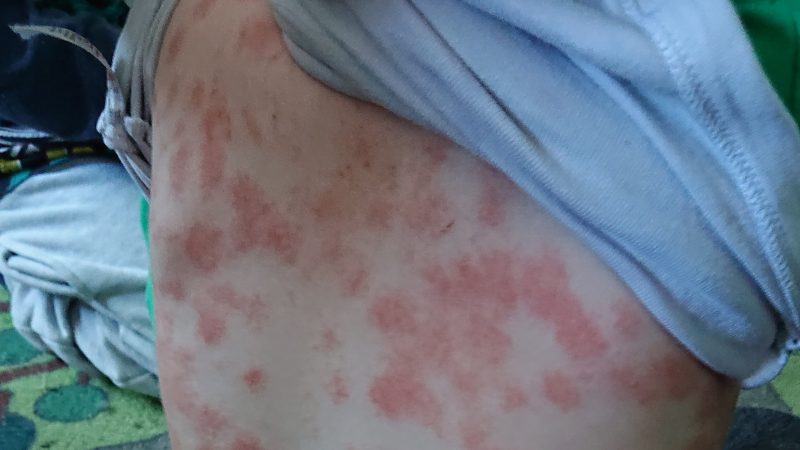I graduated from Queens University Belfast in 2011 as a Registered Learning Disability Nurse, which is a branch that has seen a 60% decrease in 10years.
I am SO proud to say I did this (and to also throw in that I got a first class honors because, why not?!) but it also makes my heart hurt to look at the photos of graduation. I was on my final placement in November 2010 when my vision in my left eye became increasingly blurry.
I was eventually admitted to hospital and an MRI was ordered immediately which led to being diagnosed with Multiple Sclerosis (MS), which was apparently already fairly progressed. My world fell apart. I was JUST about to graduate as a nurse. How could I nurse with MS? What would my future look like? How was I going to cope? My neurologist told me the odds of being diagnosed with MS was about 1 : 500.
I went on to finish my placement and graduate. I got a job in the local care home I’d worked in for many years which, slightly ironically, catered for adults with neurological conditions (yip, including MS).
I got married to my incredible husband and settled into life as a newly qualified nurse. I then started having trouble with my periods (slightly TMI, sorry!) which ended up being polycystic ovary syndrome (PCOS). The odds of having PCOS is around 1 : 10.
Ryan (the incredible hubby I mentioned earlier) and I decided to try for a baby. This just didn’t happen for us naturally and we eventually needed to have intracytoplasmic sperm injection (ICSI) as part of IVF. The odds of a couple struggling to conceive is 1 : 7, although this was more likely for us due to my PCOS.
We ended up doing 3 rounds before conceiving TRIPLETS!
They transferred two embryos so we knew that we had an identical set of twins (one embryo split) and a fraternal sibling. It’s much harder to work out the odds of this because of the range of varying factors but needless to say…it’s rare! We were ecstatic, 3 babies, how lucky were we?! The odds definitely worked in our favour this time.
At 19 weeks we had our anomaly scan which, unfortunately, showed one of our babies had spina bifida. The odds of a baby having spina bifida is 1 : 1000. I don’t think I’ve ever felt as broken. We were utterly devastated and questioned how on earth we were going to cope, especially with all the other factors at play.
Why was this happening? Would he be ok?
We called our beautiful baby Jacob and he is now a strapping 5-year-old with an identical twin brother and fraternal sister! Born at 32+4 weighing only 2lbs 10ozs, he has fought from day one. To date, he has had six operations (the most recent one being during the covid-19 pandemic), fifteen hospital admissions and thirty two visits to A&E. He is quite literally my hero! I’ve been advised to “think positively”, “live in the moment”, “not panic” so much etc. That is all good advice that my logical brain knows I should listen to. Sometimes though when you have been the “ 1 in however many” several times it is so very hard not to assume the worst.
Something else I have found out the hard way is that you fight so hard for your child to access services etc that it is challenging to switch that instinct off. You can inadvertently direct anger / frustration / fear at people who don’t deserve it (I know I have!). In the end, all you can do is hope people understand how difficult this can all be and forgive you…against the odds.
